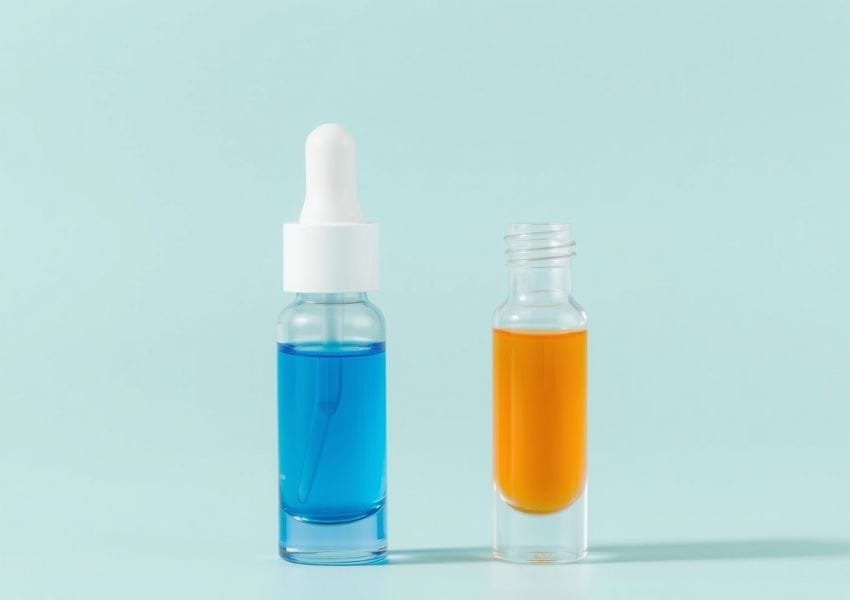What's The Difference Between AHA and BHAs

If you’ve ever found yourself caught between the allure of AHA and BHA skincare products, you’re not alone. With countless formulations promising radiant, smooth, and acne-free skin, it can feel like you’re being pulled in two different directions.
So, what’s the deal with AHAs and BHAs? Are they really that different? And how do you know which one to choose for your skin type and concerns? Let’s break it down.
The Basics
AHA stands for Alpha Hydroxy Acid, while BHA stands for Beta Hydroxy Acid. Both are chemical exfoliants—meaning they work to remove dead skin cells and promote cell turnover—but they operate differently and are suited to different skin types and concerns.
AHAs are typically derived from natural substances like fruits and milk. Think glycolic acid (from sugar cane), lactic acid (from milk), and citric acid (from citrus fruits). They’re water-soluble, which means they work on the surface of the skin. If your skincare concerns revolve around dullness, uneven texture, or signs of aging like fine lines and pigmentation, AHAs are likely your new best friend.
BHAs, on the other hand, are oil-soluble. The most common BHA is salicylic acid, which comes from willow bark. Because they can penetrate through the oil and get into the pores, BHAs are excellent for oily, acne-prone skin. They help to break down clogged pores, reduce inflammation, and tackle blackheads and whiteheads.
One common misconception is that AHAs are inherently harsher than BHAs because they’re often associated with a tingling sensation. However, the reality is that it all comes down to formulation and concentration. Some gentle AHA products are perfectly suitable for sensitive skin, just as some potent BHAs might be too strong for regular use.
So, How Do You Choose?
If your primary goal is to even out texture and reduce the appearance of fine lines, opt for an AHA-based product. Lactic acid, for instance, is known for being gentle and hydrating, while glycolic acid is great for more intensive resurfacing. If you’re battling persistent breakouts or have oily, congested skin, a BHA will be your go-to. Salicylic acid not only cleans out pores but also has anti-inflammatory properties to calm redness and irritation.
If you’re still on the fence, consider your skin’s unique needs. Dry and mature skin types will likely benefit more from AHAs, while oily and acne-prone skin will thrive with BHAs. And if you’re really serious about optimizing your routine, there are even products formulated with both for a balanced approach to exfoliation.
Another Tip
Don’t overdo it. Using AHAs and BHAs together or in excessive amounts can disrupt your skin barrier, leading to sensitivity, redness, or even breakouts. Start with one product, use it a few times a week, and gradually build up as your skin tolerates it.
As always, follow up with sunscreen—especially when using AHAs, as they can make your skin more sensitive to UV rays. Hydration is key too! Incorporating a soothing, moisturizing product in your routine will help maintain your skin barrier’s integrity.
The takeaway?
AHAs and BHAs aren’t rivals—they’re teammates in your skincare game. Use them strategically based on your skin type, and you’ll be one step closer to that clear, glowing complexion you’ve been chasing.